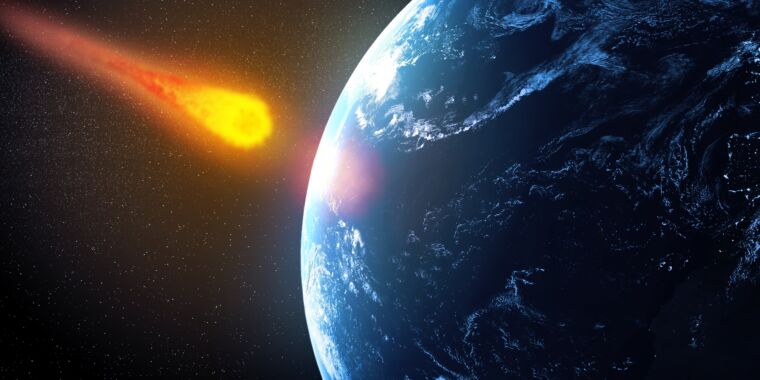"In 2005, the United States Congress laid out a clear mandate: To protect our civilization and perhaps our very species, by 2020, the nation should be able to detect, track, catalog, and characterize no less than 90 percent of all near-Earth objects at least 140 meters across."
"As of today, four years after that deadline, we have identified less than half and characterized only a small percentage of those possible threats. Even if we did have a full census of all threatening space rocks, we do not have the capabilities to rapidly respond to an Earth-intersecting asteroid (despite the success of NASA's Double-Asteroid Redirection Test (DART) mission)."
That bad, huh?
"The reason we have yet to fulfill the congressional mandate is that most NEA)/NEO surveys operate as side hustles for telescopes. For example, the Dark Energy Survey (DES), which utilizes a 4-meter telescope at the Cerro Tololo Inter-American Observatory in Chile, primarily focuses on surveying galaxies deep in cosmic history."
"Starting in 2025, NEO searches will get a big boost when the Vera C. Rubin Observatory finally achieves first light. Featuring an 8.4-meter primary mirror, the telescope will image the entire available sky every few nights."
Outdoing the dinosaurs: What we can do if we spot a threatening asteroid

There are no comments yet.